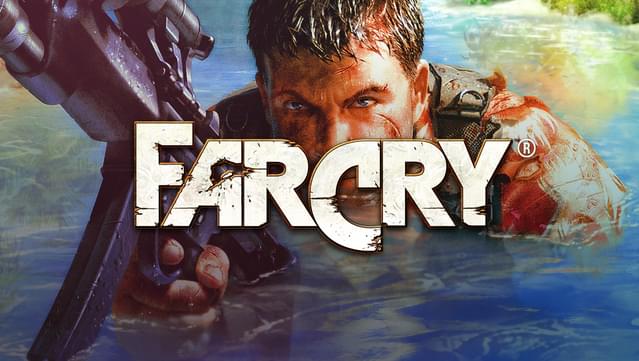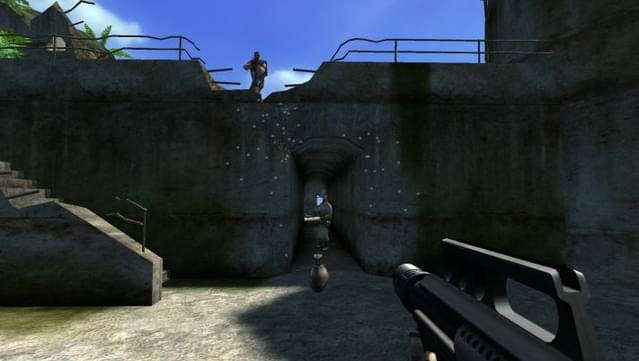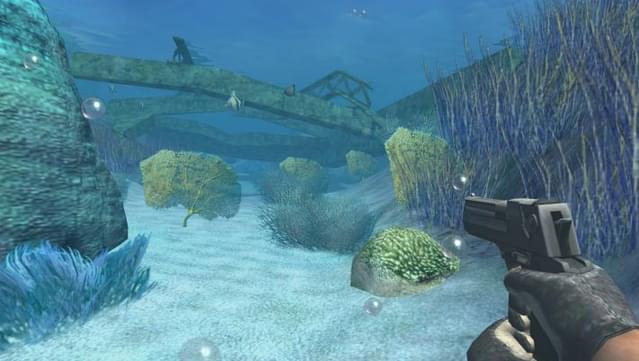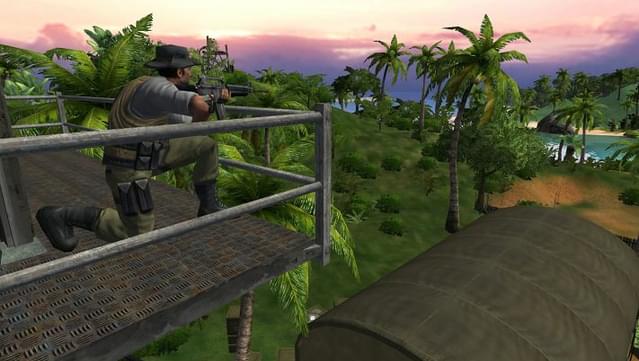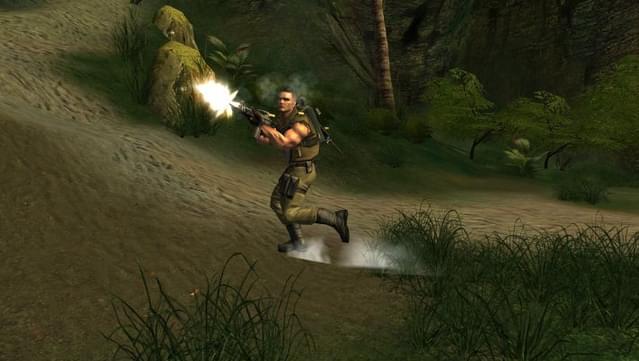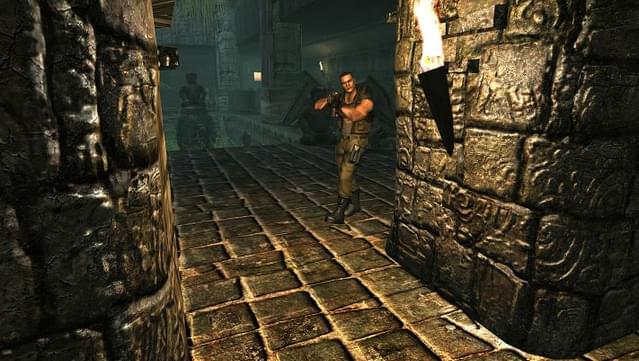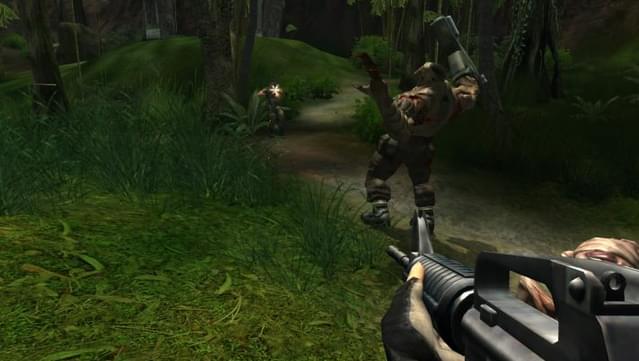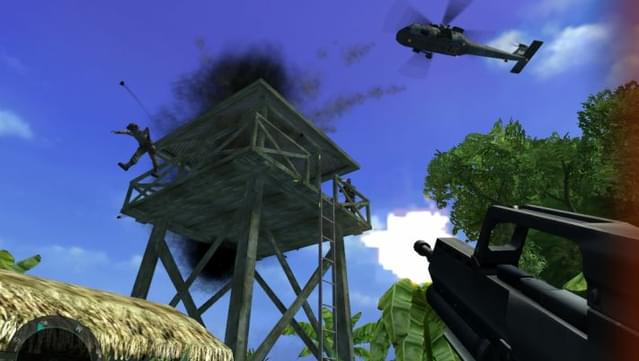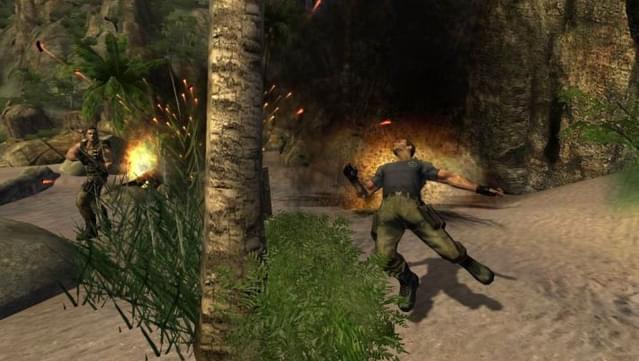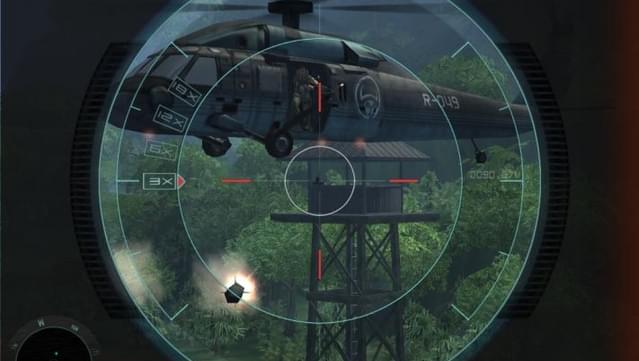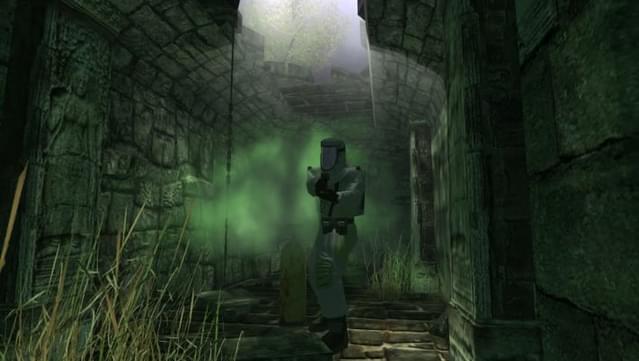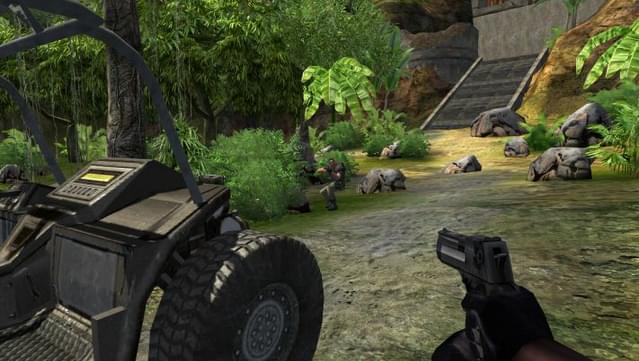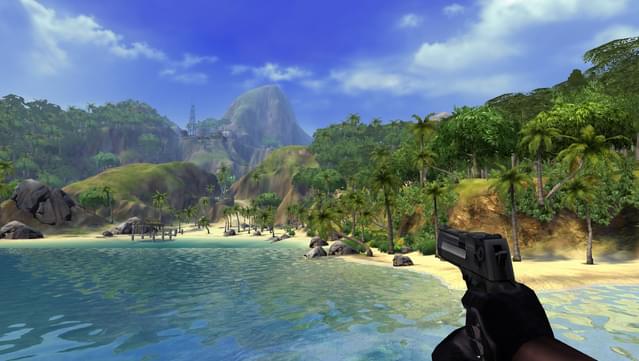Posted on: August 7, 2025

Marzio_Bruno
Bestätigter BesitzerSpiele: 384 Rezensionen: 12
Pioneering FPS With Evident Flaws
Far Cry remains a technical marvel of its era. Its lush, expansive tropical environments and cutting-edge physics were nothing short of revolutionary at the time. Even now, the visual fidelity and environmental interaction evoke a sense of awe in retrospect. The graphics were groundbreaking: expansive vistas, detailed foliage, dynamic water surfaces, and sun-drenched cliffs—all executed with remarkable artistry and technical finesse. Physics interactions—like destructible barriers, vehicles tumbling realistically, and reactive environmental elements—felt remarkably immersive, raising the bar for first-person shooters of its generation. The gameplay retains a solid core: stealth, exploration, and assorted tactical approaches keep engagement high, even though arenas themselves feel more linear than the open-world freedom of later Far Cry titles. Still, the pacing and mission design convincingly serve the narrative and level variety. Dated enemy AI betrays the game's age: adversaries often rely on hitscanning and seem to detect the player through walls—limitations which, though defensible at release, now jar the immersive experience. The narrative leans heavily on genre clichés: a madman on an island, an amnesiac operative, a pet gorilla—it's entertainingly familiar, but lacks nuance or originality. Still, the plot provides enough motivation to push forward. Far Cry is far from flawless—and indeed, its aging mechanics and clichés diminish its modern-day immersion. Yet, it remains a solid historical marker of what was possible in early 2000s FPS design. Its graphical ambition and physics systems make it a worthwhile, if occasionally uneven, journey. For enthusiasts interested in the evolution of the genre, Far Cry is undoubtedly still worthy of play, as a foundational and influential experience in the history of shooters.
Hilft dir das weiter?
